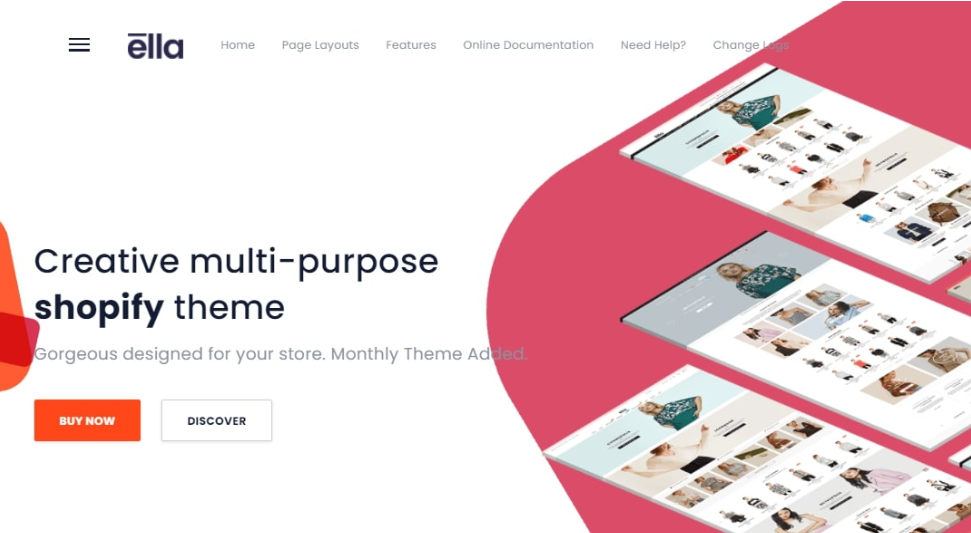The guide on how to create an e-commerce site with Shopify in 7 steps
Shopify stands out as the leading choice for e-commerce site creation, boasting over 50,000 online stores established in France alone. Whether your goal is to sell your own products or engage in dropshipping, Shopify emerges as our top recommendation. It offers a robust array of features while maintaining user-friendliness, making it accessible even to those without coding expertise.
In the following seven steps, we'll guide you on how to start making money on Shopify, from initial sign-up to customer acquisition.
1 - Create a Shopify Account
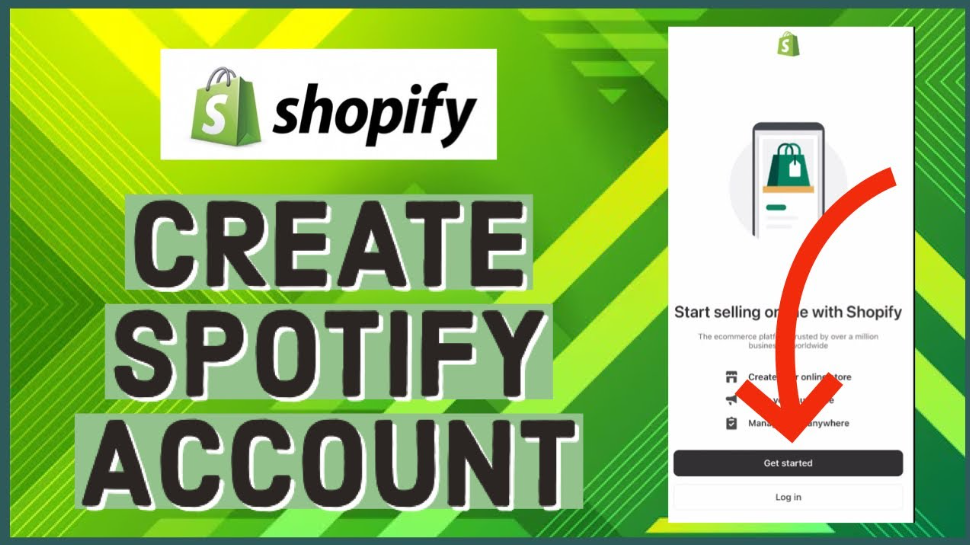
The initial step in establishing a Shopify website is to register on the platform. You can commence with a Basic subscription for €1 per month (for the first 3 months, then €27 per month). This provides ample functionality to kickstart your e-commerce venture with a robust online store, and it comes with no limitations on the number of products. It's worth noting that a 3-day free trial is available.
During the registration process, you'll be required to provide your name, and email address, and choose a password. Additionally, you will need to answer a few questions to help determine your proficiency level, the type of products you intend to sell, and, naturally, the name of your store. This name will serve as the URL for your e-commerce site. Keep in mind that once set, this URL cannot be modified, but you can associate it with your domain name.
See more: How to start making money on shopify
2 - Choose a Shopify Plan
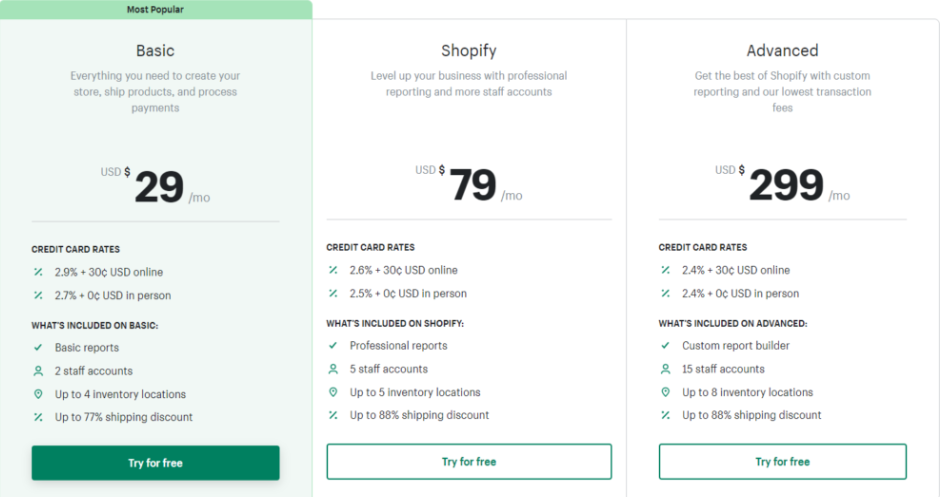
Whether you're embarking on your e-commerce journey or managing a store that's already generating substantial revenue, Shopify offers a pricing spectrum tailored to meet your specific needs.
Shopify Starter Plan: This plan is exclusively available to new e-commerce entrepreneurs or as a free trial version. It provides a unique, non-customizable template designed to simplify the process of showcasing your products on social media platforms. For instance, if you want to test a product through your Instagram, TikTok, or Etsy account, you can effortlessly share the link to your product page and quickly generate online sales. For businesses aiming to diversify their offerings, strategies like boosting reach through methods to buy Spotify monthly listeners can also be explored.
You can also utilize Linkpop to direct users to your product page by placing a link in your Instagram Bio. It's important to note that the Starter plan has recently replaced the old Shopify Lite plan. While it enables a rapid start, it comes with limitations, such as the inability to modify product pages or the store's appearance. If you require more flexibility, consider upgrading to a higher-tier plan.
Shopify Basic Plan: With the Shopify Basic plan, you can create a tailored e-commerce store, segment your customer base, benefit from unlimited bandwidth, and have access to two user accounts. Additionally, it offers a blog feature that can be leveraged to enhance your SEO strategy. This plan is ideal for novice e-commerce entrepreneurs with a limited budget but ambitious goals. It is priced at €1/month for the initial 3 months and then €27/month.
Shopify Plan: Designed for growing stores aiming to automate various tasks such as order processing and workflows while seeking more comprehensive reporting. The Shopify plan is priced at €79/month and offers lower transaction fees (1% instead of 2% compared to the Basic plan). Despite its cost, this plan remains appealing to online stores with substantial sales volumes, providing access for up to 5 employees, advanced reporting capabilities, and an abandoned cart recovery tool.
Shopify Advanced Plan: Tailored for advanced sales and performance reporting, lower credit card processing rates, and transaction fees, along with access to up to 15 employee accounts. Priced at €289/month, this Shopify plan is designed for e-commerce stores experiencing significant growth or those already generating tens of thousands of euros in revenue. Additionally, Shopify Markets enables you to configure and collect customs fees for international customers.
Shopify Plus: This is the ultimate plan for large e-commerce businesses, with pricing starting from €2,000/month (negotiable). Shopify Plus empowers the automation of numerous tasks, including order processing and customer loyalty initiatives, through workflow automation. The primary objective is to boost sales by focusing on the essential tasks of managing an e-commerce site.
Shopify Apps: It's important to note that some apps required for enhancing your Shopify store may come at a cost, ranging from a few euros to several tens of euros per month. Utilizing 3PL Shopify integration services can further improve your logistics and fulfillment processes, helping you manage inventory and shipping efficiently. Choosing the right apps can significantly enhance your store's performance and overall customer experience.
3 - Selecting Your Website's Design
Once you've chosen your plan, it's time to choose a theme for your website. Shopify offers a broad selection of both free and paid themes. We recommend beginning with a free template and transitioning to a paid one as your sales increase to optimize your site's performance.
Shopify's free themes are fully customizable, and you can easily incorporate plugins using drag-and-drop functionality. However, it's important not to overcomplicate things at the beginning. Your chosen theme and your entire store should prioritize clarity and fast loading times. Above all, your store should be designed with a mobile-first approach, as more than 20 million French consumers shop online via their mobile devices, and Shopify's free themes are responsive.
Explore the available themes using search filters, sorting by category, color, or style. Themes like Dawn, Debut, or Taste are excellent options to kickstart your online product sales.
4 - Edit Page Content
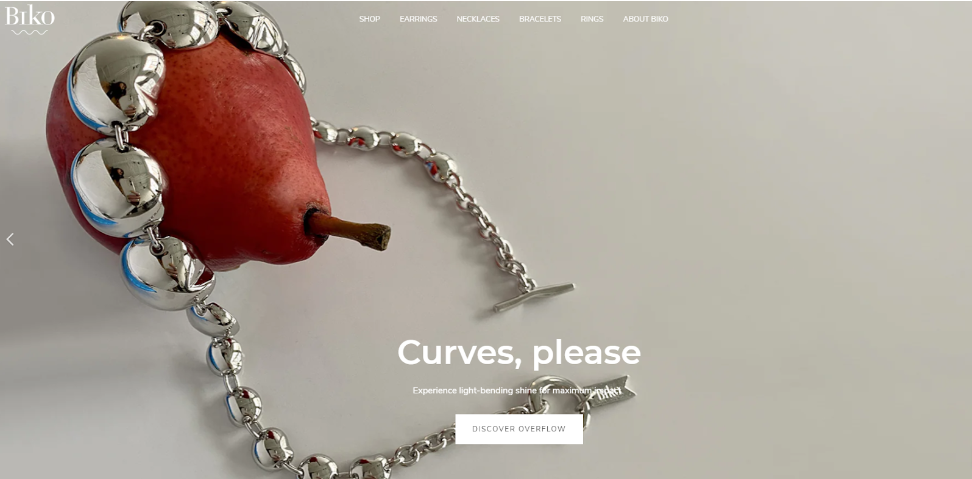
Homepage: Your Shopify store's homepage serves as a showcase for your business. Its primary purpose is to convey your unique value proposition and guide visitors towards your product pages to encourage purchases. While it's essential to make it engaging, don't overcomplicate it; clarity is key
Contact: Ensure that you provide comprehensive contact information, including your physical store or headquarters' address, email, and phone number. This helps instill confidence in your customers by showing that you are accessible and responsive.
About Us: Keep in mind that customers often form emotional connections with brands. Your "About Us" page is an opportunity to share your brand's story, values, and mission, allowing customers to connect with your business on a deeper level. Utilize text, images, and videos to effectively convey your brand's personality.
Terms and Conditions (T&C): T&Cs are crucial for your e-commerce site as they establish the legal framework governing the commercial relationship between you and your customers. Before making a purchase, customers should be familiar with and agree to your T&C, which must comply with legal regulations, including the Consumer Code. It's advisable to consult a legal professional to draft valid T&Cs tailored to your business. Avoid copying T&C from other competing e-commerce websites.
Terms of Use (TOU): While not obligatory, TOU focuses on various aspects of your e-commerce site, such as the responsibilities of the publisher and the site visitor. They provide an additional layer of protection in case of disputes, covering areas like personal data, GDPR compliance, copyrights, and more.
Legal Notices: Legal notices are mandatory for your e-commerce store and serve to clearly identify the site's publisher, the seller, and other responsible parties (e.g., an enhanced contact page). These notices should outline your data collection and retention policy, ensuring compliance with GDPR, cookies, and related regulations. Seeking professional assistance to validate these notices is advisable.
Similar to T&C and TOU, these legal notices can typically be found in the footer of your e-commerce site.
5 - Add Products
Once you've selected your theme, you can commence adding products to your online store. Within the admin interface, navigate to the "Products" tab and select "Add a Product." Here, you can provide details for each product, including title, description, images, tags, price, and original price.
You have the flexibility to add as many products as you desire, duplicate them, or effortlessly incorporate variants such as sizes and colors.
Optimizing Your E-commerce Product Page on Shopify
A well-optimized product page should be visually appealing, descriptive, and designed to facilitate seamless purchases.
- Showcase the product with multiple photos (at least three in the carousel).
- Clearly communicate the product's benefits; customers often seek detailed information to make informed decisions, including details about composition, manufacturing processes, care instructions, and craftsmanship.
- Display elements that build trust and reassurance, such as information about delivery, return policies, warranties, and customer reviews.
- Position your purchase button and pricing information to streamline the purchasing process. Shopify offers a dynamic checkout button that allows customers to skip the checkout steps and complete their purchases quickly.
6 - Configure Payment and Shipping Methods Payment Methods
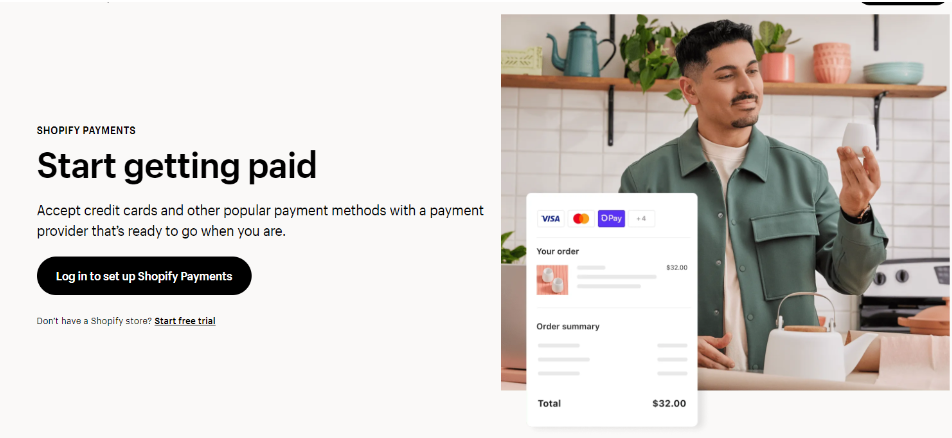
Shopify offers a wide array of over 100 different payment providers for your e-commerce site. Ensure the security of the payments by implementing measures like 3D Secure, accepting online wallets such as PayPal and Paylib, or offering installment options, such as those provided by Alma.
While you can customize the appearance of your checkout page to align with your store's branding, it's crucial to keep this step straightforward and user-friendly:
- Consider offering one-click upsells using the Zipify OCU app.
- Collect only the necessary information from your customers.
- Simplify the overall purchase process to minimize cart abandonment. Some customers may abandon their transactions if the process is overly complex or time-consuming. Leveraging Shopify Payments can streamline the purchasing experience.
7 - Promote Your E-commerce Site
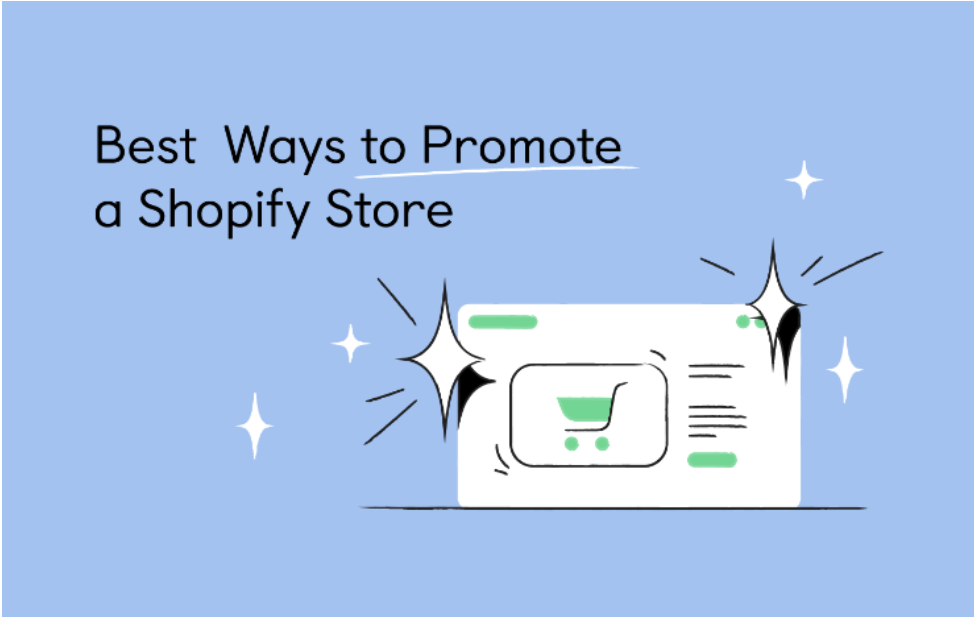
After setting up your Shopify e-commerce store, promoting it is essential to drive sales. Various promotional methods can be employed. One effective approach is the launch strategy, where you validate your offer and gauge customer interest before fully developing and optimizing your e-commerce store. This can be done through means such as a landing page, crowdfunding campaign, or social media.
Once your offer is validated, promote your store through the following channels:
SEO (Search Engine Optimization): Utilize your Shopify blog to create SEO-focused content around your products and their respective niches. For example, if you sell outdoor products, produce content related to travel, nature, RV rental experiences, and instructional guides or tutorials on dressing appropriately for outdoor adventures. While SEO requires time and consistent content production, it can yield substantial traffic (up to 40% or more) for your e-commerce store. Additionally, SEO is cost-effective. Develop a robust SEO content strategy, publish content regularly, and complement it with a Search Engine Advertising (SEA) strategy, such as Google Ads, to expedite your visibility on Google.
Social Media: Establishing a community and maintaining a presence on platforms like Instagram, TikTok, YouTube, Pinterest, or Facebook has become nearly mandatory, with social media influencing the purchasing decisions of up to 87% of buyers. Build your brand through advertising, regular posts, short videos, Reels, live shopping events, and user-generated content (UGC). With Shopify, you can easily direct your audience to your product pages, simplifying the purchasing process. Consider enlisting the expertise of professionals in Facebook and Google Ads to assist in promoting your online store and products.
